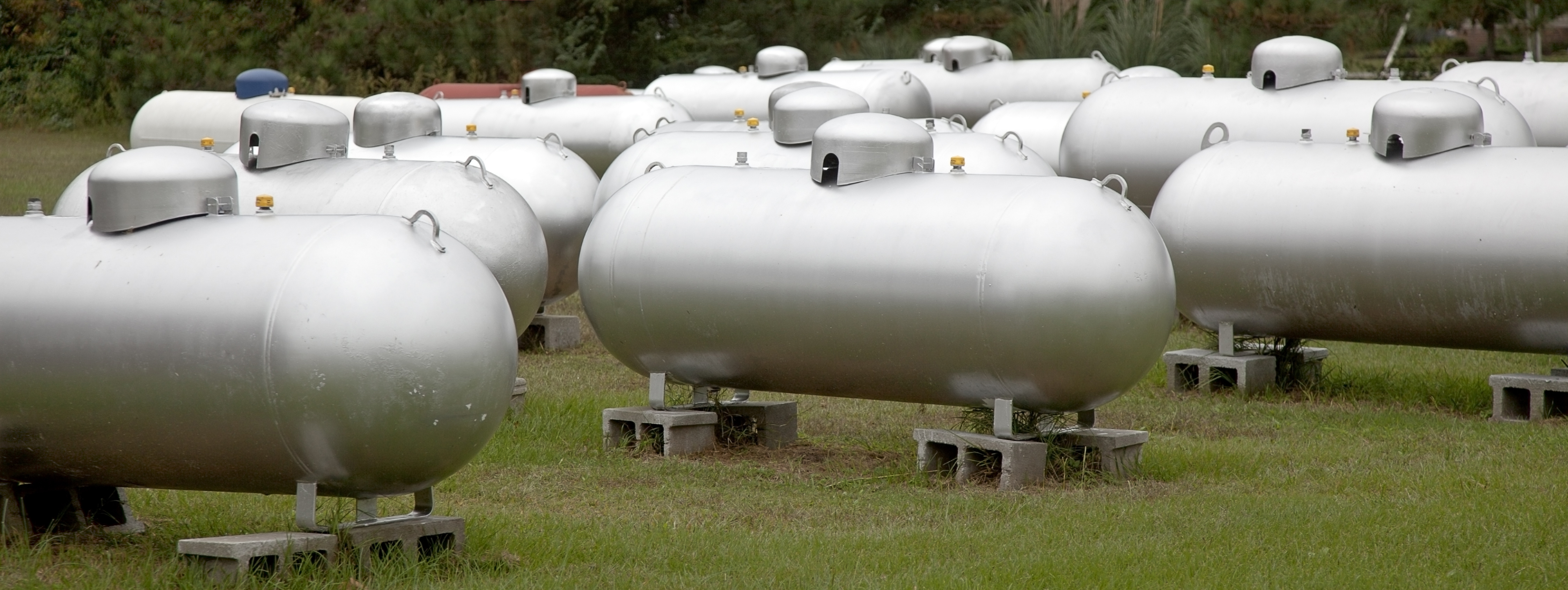Have You Been Hit by the Steel Tariff?
The steel and aluminum tariff that went into effect June of last year continues to impact the delivered fuel industry, and how propane marketers manage their fleet of tanks. The 25% price hike on imported steel affects the way propane marketers buy tanks, the quality of the tanks they buy, and how they distribute new tanks to customers.
An industry that was finally seeing the price of gas decrease is now seeing the cost of operations increase from a different angle. The tanks that you’ve been setting are now nearly double the price of what they were at the beginning of 2018.
How Can We Combat High Costs?
You have little control over steel tariffs and factors that influence the price of propane, so why waste your resources trying to fight them? Nowadays, with a thinner profit margin, the best way to increase your bottom line is to change what you can control – your costs.
While there are many traditional ways to cut costs, many of them are difficult to implement. The last thing anyone wants to do is let a valued employee go because of the shortage in capital, or sell assets that will ultimately lower the value of the business.
However, as some propane marketers here in the U.S began deploying more tank monitors, they realized that instead of purchasing a new 500 or 1,000 gallon tank for high-volume users, they could begin to control their own supply and demand with larger visibility into those tanks.
By using a tank monitor on high-volume accounts, these propane marketers have been able to avoid spending another $1,000-$3,000 on an unnecessary second tank.
Not only do they save on the cost of a new tank, they also increase their profit margins by reducing costs in other ways:
- Fewer truck rolls due to a more efficient 60% fill rate
- Stop paying drivers overtime for unnecessary, one-off trips with improved routing
- Prevent costly run-outs and urgent delivery requests with real-time tank level data
While the Cost of Tanks Go Up, the Cost of Monitors Goes Down
So how does the math work out? Is it really less expensive to monitor high-usage accounts instead of adding a second tank?
These days, a new 500 gallon tank will conservatively run you, $800, plus an additional $200 for the installation fee. That’s at least a hefty $1,000 investment. Compare that to renting a tank monitor for $120 per year, and it would take over 8 years of monitoring an account before you even make up for the initial investment in the new tank. That break even point only increases if you decide to purchase tank monitors outright.
Avoiding the purchase of a new tank, and ensuring that every single delivery that you make is as efficient and effective as can be? Adding a tank monitor instead of a new tank is a no-brainer. But how do you decide which monitoring solution will deliver the most efficiency while maximizing your savings?
Choose the Solution that Delivers the Best Return on Investment
As the industry develops and more companies get into the realm of tank monitoring, you should be wary of whether a tank monitoring provider will actually bring what they promise to the table. If you go for the cheapest monitor on the market, don’t expect to get a positive return on your investment. A company that competes on price alone doesn’t have the resources to provide solutions for your business. Tank Utility takes the work out of tank monitoring for you with software that helps you drop more gallons with fewer deliveries, tools to grow a more profitable business, and a team that helps you reach your goals.



